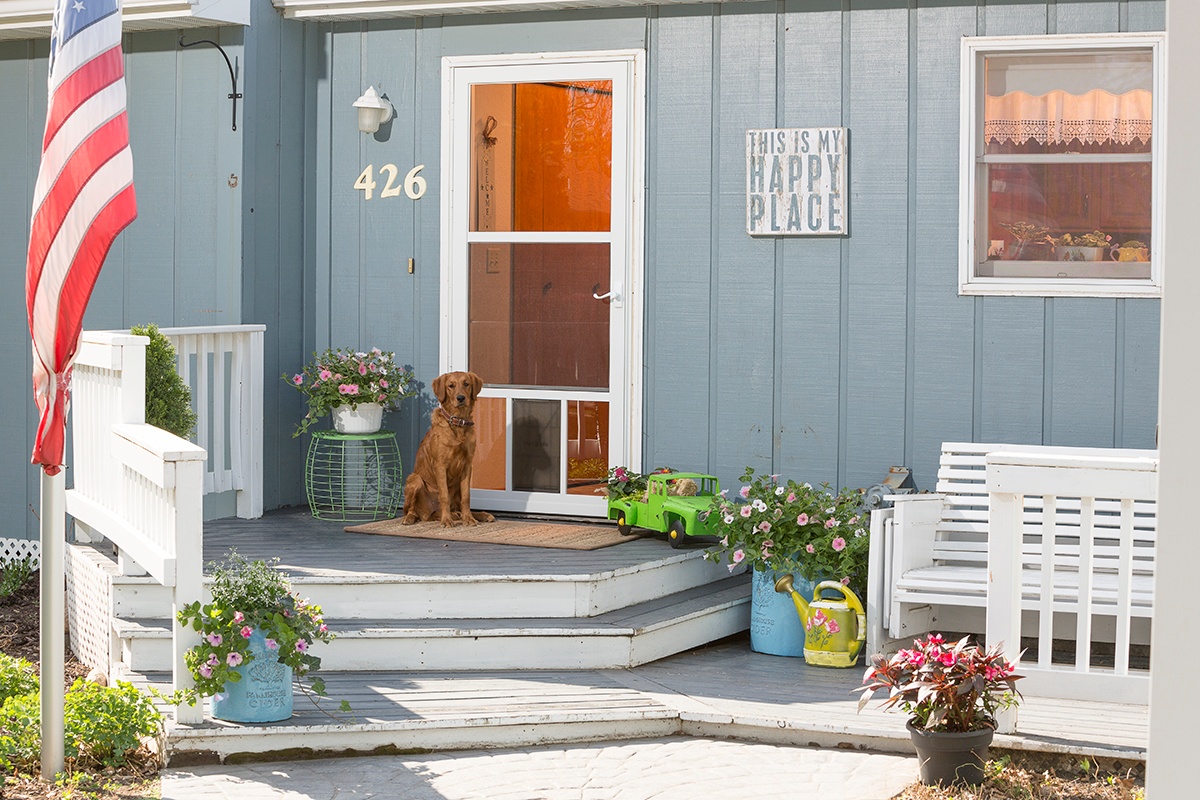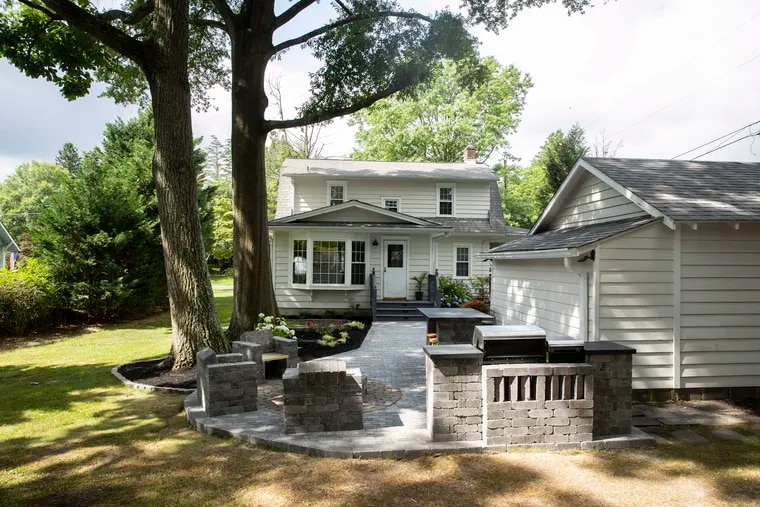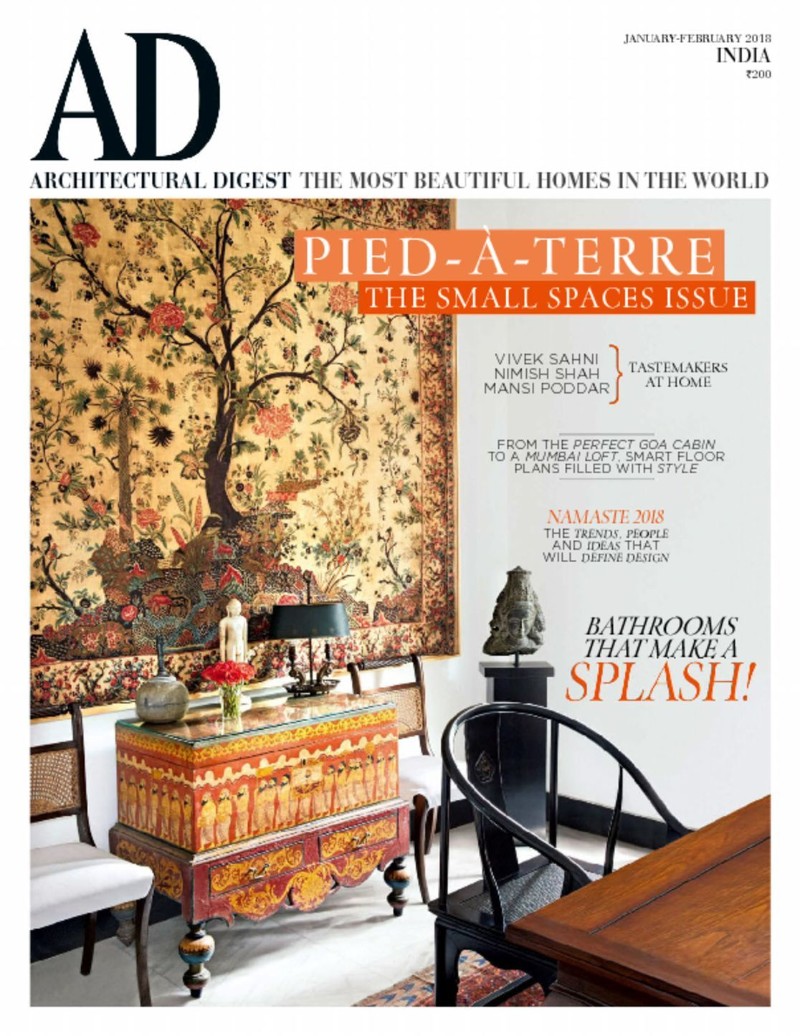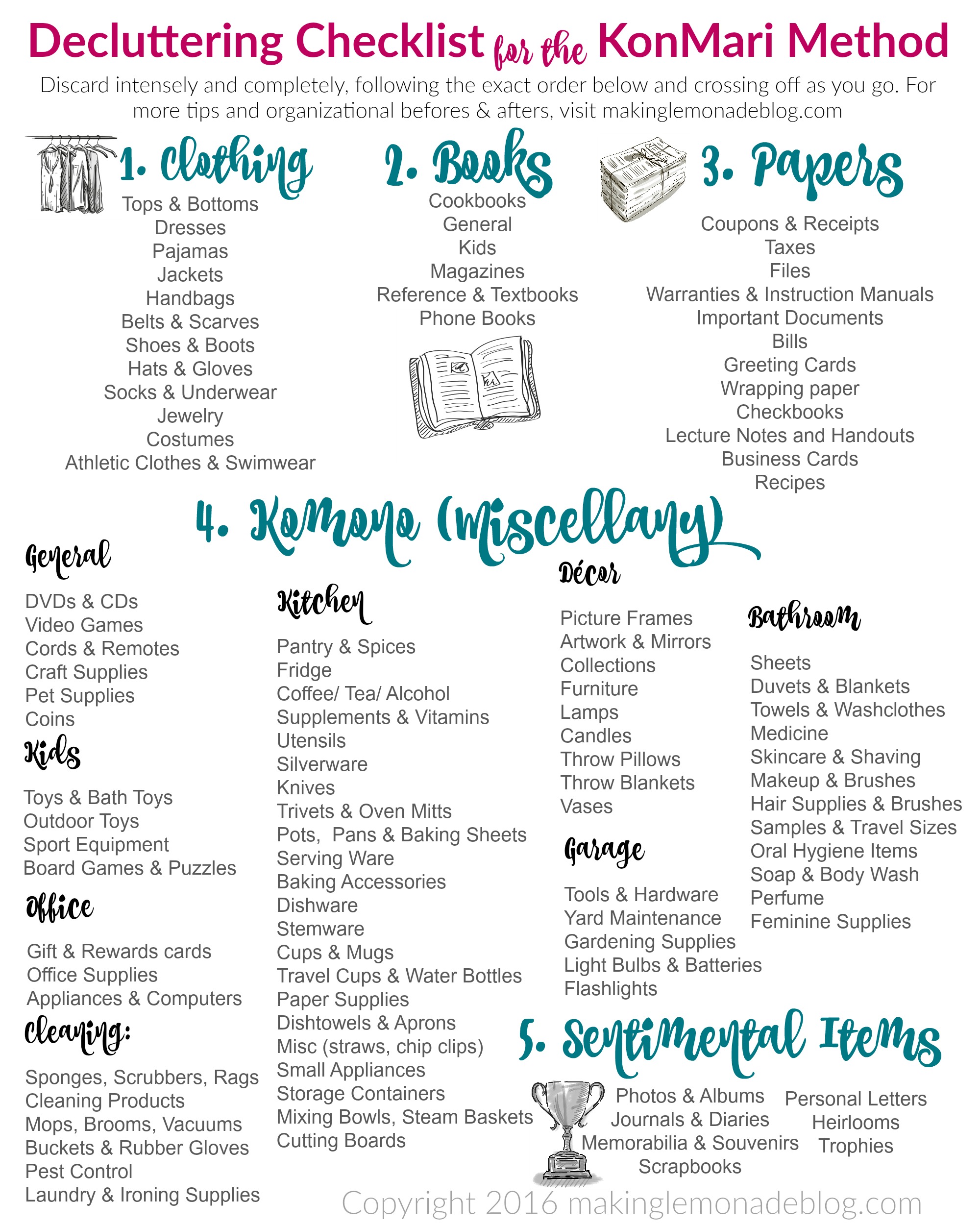Transform Your Home’s Open Floor Plan with These Improvement Ideas
Contents
- 1 Introduction
- 2 Strengths of Transform Your Home’s Open Floor Plan
- 3 Weaknesses of Transform Your Home’s Open Floor Plan
- 4 Transform Your Home’s Open Floor Plan: Improvement Ideas
- 5 Table: Transform Your Home’s Open Floor Plan Improvement Ideas
- 6 Frequently Asked Questions about Transforming Your Home’s Open Floor Plan
- 6.1 1. Can I add walls to my existing open floor plan?
- 6.2 2. How can I maintain an open feel while creating distinct zones?
- 6.3 3. What are some ways to improve privacy in an open floor plan?
- 6.4 4. How can I optimize storage in an open floor plan?
- 6.5 5. Can I incorporate different design styles within an open floor plan?
- 6.6 6. How can I make my open floor plan more energy-efficient?
- 6.7 7. Is it necessary to hire a professional for remodeling an open floor plan?
- 7 Conclusion
- 8 Closing Words
- 9 Author
Introduction
Hello Readers,
Welcome to our article on transforming your home’s open floor plan with these improvement ideas. Open floor plans have become increasingly popular in modern homes due to the sense of space and flexibility they provide. However, it can sometimes be challenging to make the most out of this layout without proper planning and design. In this article, we will explore various ideas and strategies to enhance your open floor plan and create a functional, stylish, and inviting space for your family and guests.
Strengths of Transform Your Home’s Open Floor Plan
There are several strengths to consider when it comes to transforming your home’s open floor plan.
1. Enhanced Natural Light
One of the key advantages of an open floor plan is the abundance of natural light it allows into the space. By eliminating walls and barriers, sunlight can penetrate deeper into your home, creating a bright and airy atmosphere.
2. Better Social Interaction
Open floor plans encourage social interaction and facilitate connectivity between different areas of the house. Whether you’re cooking in the kitchen, entertaining in the living room, or supervising children, you can easily engage with others without feeling isolated.
3. Versatile Design Options
With an open floor plan, you have the freedom to be creative with your design choices. From furniture placement to color schemes and decorative elements, you can experiment and personalize the space according to your taste and lifestyle.
4. Increased Resale Value
Homes with open floor plans are highly attractive to potential buyers. The seamless flow between spaces and the feeling of expansiveness can significantly boost your property’s marketability and resale value.
5. Flexibility and Adaptability
An open floor plan allows for easy adaptability to changing needs. As your family grows or your lifestyle evolves, you can reconfigure the space to accommodate new functionalities and requirements without major renovations.
6. Improved Traffic Flow
Without walls hindering movement, navigating through an open floor plan becomes effortless. This is particularly beneficial when hosting gatherings or parties, as guests can freely move between different areas without feeling confined or separated.
7. Maximizing Space
Open floor plans create an illusion of spaciousness and enable you to make the most out of every square foot. By connecting various zones, you can utilize the entire area efficiently and avoid wasted spaces.
Weaknesses of Transform Your Home’s Open Floor Plan
While open floor plans offer numerous advantages, it’s important to acknowledge the potential weaknesses as well.
1. Limited Privacy
One of the main drawbacks of an open floor plan is the lack of privacy. Without walls or doors separating different areas, it can be challenging to find solitude or shield certain activities from view.
2. Noise and Distractions
Open spaces tend to amplify sound, making it difficult to enjoy peace and quiet or concentrate on specific tasks. Background noise from the kitchen or living area can easily travel throughout the entire space.
3. Limited Wall Space
Open floor plans provide fewer walls for hanging artwork or shelves, which can limit your options for displaying personal items or optimizing storage solutions.
4. Heating and Cooling Challenges
With fewer partitions, it can be more challenging to control temperature variations throughout an open floor plan. Heating or cooling one area may affect the entire space, thus requiring careful planning and management.
5. Clutter Visibility
Without walls to hide clutter, it becomes essential to maintain a clean and organized living space. Any mess or disarray in one area of the open floor plan is immediately visible from other parts of the house.
6. Difficulties in Zoning
Creating distinct zones within an open floor plan can be a complex task. Without walls or doors, visually defining different areas and their purposes requires thoughtful furniture placement, lighting choices, and other visual cues.
7. Changes to Existing Infrastructure
Transforming your home’s open floor plan may require significant changes to existing infrastructure such as electrical and plumbing systems. This can involve additional costs and disruptions during the renovation process.
Transform Your Home’s Open Floor Plan: Improvement Ideas
Now that we have explored the strengths and weaknesses of open floor plans, let’s dive into some improvement ideas that can elevate your space:
1. Defined Furniture Groupings
Creating distinct furniture groupings helps define different areas within the open floor plan. Use rugs, lighting, or even furniture placement itself to visually separate the living room, dining area, and kitchen.
2. Strategic Lighting
Well-planned lighting can enhance the ambiance and functionality of an open floor plan. Utilize a combination of overhead lights, task lighting, and floor or table lamps to create layers of illumination and focal points.
3. Portable Room Dividers
Consider using portable room dividers to add flexibility and privacy when needed. These can be folding screens, bookshelves, or even curtains that can be easily rearranged or removed based on your requirements.
4. Use of Color
Introduce color schemes that differentiate different zones while maintaining a harmonious overall look. Opt for complementary or coordinating colors to create visual cohesion and a sense of purpose in each area.
5. Textures and Materials
Play with textures and materials to add depth and tactile interest to your open floor plan. Consider incorporating elements such as exposed brick, wooden beams, or textured wallpapers to create focal points and visual variety.
6. Smart Storage Solutions
Maximize storage in an open floor plan by utilizing built-in shelving, hidden cabinets, or multifunctional furniture with hidden compartments. This will help keep your space organized and minimize clutter visibility.
7. Statement Furniture Pieces
Invest in statement furniture pieces that anchor different areas within the open floor plan. These can be bold sofas, unique dining tables, or eye-catching light fixtures that draw attention and create focal points.
Table: Transform Your Home’s Open Floor Plan Improvement Ideas
| Improvement Idea | Description |
|---|---|
| Defined Furniture Groupings | Creating distinct furniture groupings helps define different areas within the open floor plan. |
| Strategic Lighting | Utilize a combination of overhead lights, task lighting, and floor or table lamps to create layers of illumination. |
| Portable Room Dividers | Consider using portable room dividers to add flexibility and privacy when needed. |
| Use of Color | Introduce color schemes that differentiate different zones while maintaining a harmonious overall look. |
| Textures and Materials | Play with textures and materials to add depth and tactile interest to your open floor plan. |
| Smart Storage Solutions | Maximize storage by utilizing built-in shelving, hidden cabinets, or multifunctional furniture. |
| Statement Furniture Pieces | Invest in furniture pieces that anchor different areas within the open floor plan. |
Frequently Asked Questions about Transforming Your Home’s Open Floor Plan
1. Can I add walls to my existing open floor plan?
While it is possible to add walls to an existing open floor plan, it requires careful consideration and planning. Consult with a professional architect or designer to ensure structural integrity and proper zoning of the space.
2. How can I maintain an open feel while creating distinct zones?
You can maintain an open feel while creating distinct zones by using furniture placement, lighting, and visual cues such as rugs or different flooring materials to define each area. Avoid obstructing sightlines and keep the space visually connected.
3. What are some ways to improve privacy in an open floor plan?
To improve privacy in an open floor plan, consider utilizing portable room dividers, curtains, or even furniture arrangements that create visual barriers. Additionally, incorporating sound-absorbing materials can help minimize noise transmission.
4. How can I optimize storage in an open floor plan?
Optimize storage in an open floor plan by utilizing built-in shelving, multifunctional furniture, and hidden storage options. Get creative with under-stair spaces, wall niches, and hybrid furniture that doubles as storage solutions.
5. Can I incorporate different design styles within an open floor plan?
Absolutely! Open floor plans provide the opportunity to blend different design styles seamlessly. However, it’s important to maintain a cohesive overall look by incorporating common elements or color schemes that tie the various areas together.
6. How can I make my open floor plan more energy-efficient?
To make your open floor plan more energy-efficient, focus on insulation, energy-efficient appliances, and smart home technologies. Ensure proper sealing of windows and doors and invest in energy-saving lighting fixtures and appliances.
7. Is it necessary to hire a professional for remodeling an open floor plan?
While it’s not mandatory, hiring a professional architect or designer can greatly help in transforming your open floor plan. They have the expertise to optimize space, account for structural considerations, and provide valuable insights and creative ideas.
Conclusion
In conclusion, transforming your home’s open floor plan can greatly enhance its functionality and aesthetic appeal. By carefully considering the strengths and weaknesses, you can implement thoughtful improvement ideas that suit your lifestyle and preferences. Whether it’s creating distinct zones, optimizing storage, or incorporating different design elements, the possibilities are endless. Now it’s time to take action and turn your open floor plan into a harmonious, inviting, and personalized space that truly reflects your style and taste.
Closing Words
Thank you for reading our article on transforming your home’s open floor plan with these improvement ideas. We hope you found valuable insights and inspiration to elevate your living space. Remember to always consider your specific needs, consult professionals when necessary, and make informed decisions throughout the remodeling process. Embrace the flexibility and endless possibilities an open floor plan offers, and enjoy the journey of creating your dream home.










